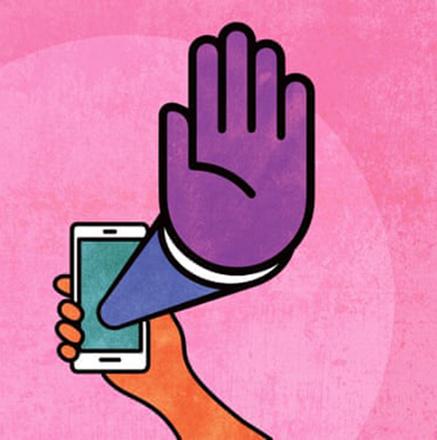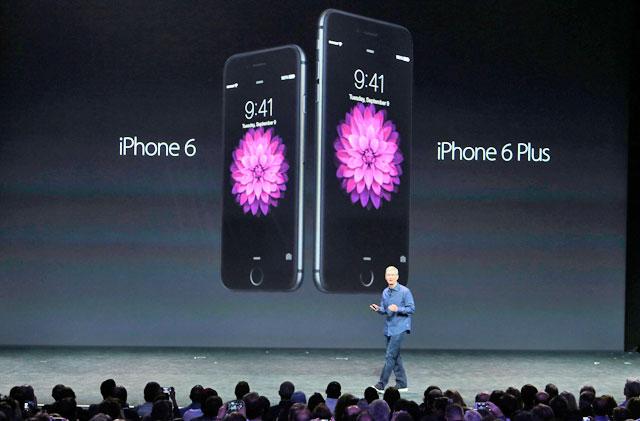You are here
People are keeping their smartphones longer, report says
By Los Angeles Times (TNS) - Nov 07,2018 - Last updated at Nov 07,2018

Photo courtesy of elmogaz.com
People are holding on to their aging smartphones longer, squeezing out a few more months of use before trading them in, a report indicates.
In the United States, iPhones traded in between July 1 and September 30 were 2.92 years old on average, up from 2.37 years old the comparable period two years earlier, according to data from Hyla Mobile Inc.
Android users swapped their phones a little faster. At the time of trade-in, the average Android phone was 2.66 years old, up from 2.44 years old in the comparable period in 2016, Hyla said. Hyla, a company that focuses on the secondary-use market for smartphones, provides analytics and device trade-in programmes for businesses.
Analysts said the rising cost of new smartphones might give US consumers pause when they’re deciding whether to upgrade. The iPhone XS, for example, starts at $999. The Samsung Galaxy S9 starts at $720. When the iPhone 7 debuted in 2016, it started at $649. That year, the Samsung Galaxy S7 was released and sold for about $700 without a contract, though carriers offered discounts.
Because of rising costs, carriers have eliminated previous deals that gave customers a subsidised phone upon signing a two-year contract. That was financially viable for carriers when phones cost $300 or $400, but not when they cost $800 to $1,200, said Biju Nair, chief executive of Hyla Mobile.
Instead, carriers now offer payment plans under which the buyer of a phone can pay a monthly fee for a certain period of time — say, two years — and then own it outright. Some people aren’t eager to take on monthly fees for a new phone right after they’ve paid off the last one.
“When your payments are done… all of a sudden, you don’t have to pay that additional fee,” said Brad Akyuz, research director for NPD Group’s connected intelligence research practice. “[There’s a] psychological impact there.”
And from a tech standpoint, the industry recently “hasn’t seen a major innovation out there that would foster users to immediately change their devices”, he said.
Upgrades to phone features and specifications are often minimal between generations of the same device, and better software updates from Apple and Android have done a good job of enabling older devices to access some of the same features and security patches as newer phones, said Anthony Scarsella, mobile phones research manager at market intelligence firm IDC.
Repair services have also sprouted up to keep older phones working longer, he said. That might become an even bigger factor in the future: This week, a rule change took effect that makes it easier for people to fix their own phones (or get a repair shop to do it) without breaking copyright law.
“When the average consumer is looking at these prices and looking at these features coming out of these new phones, they’re kind of perceiving, ‘Well, is there really that much difference?’” Nair said. “The general sense is, ‘Well, my phone is currently good enough.’”
Analysts said they expect this trend to continue, at least until there is a major technological breakthrough. That might happen next year when more 5G devices are introduced to the market, Akyuz said.
“If and when carriers can come up with a really solid value play for 5G to have users understand why they should be paying extra… we might be seeing users go off their regular upgrade cycle,” he said.
Related Articles
A new mobile messaging application called FireChat is empowering nearby smartphone users to stay in touch even when there’s no cellular service or Internet connection.
By Stephen Nellis and Paul SandleSAN FRANCISCO/LONDON — Samsung Electronics Co. Ltd.
For the first time in years, Apple's iPhones are not the star of the show. Apple unveiled a smartwatch called the Apple Watch on Tuesday, a wearable device that marks the company's first major entry in a new product category since the iPad's debut in 2010.


















